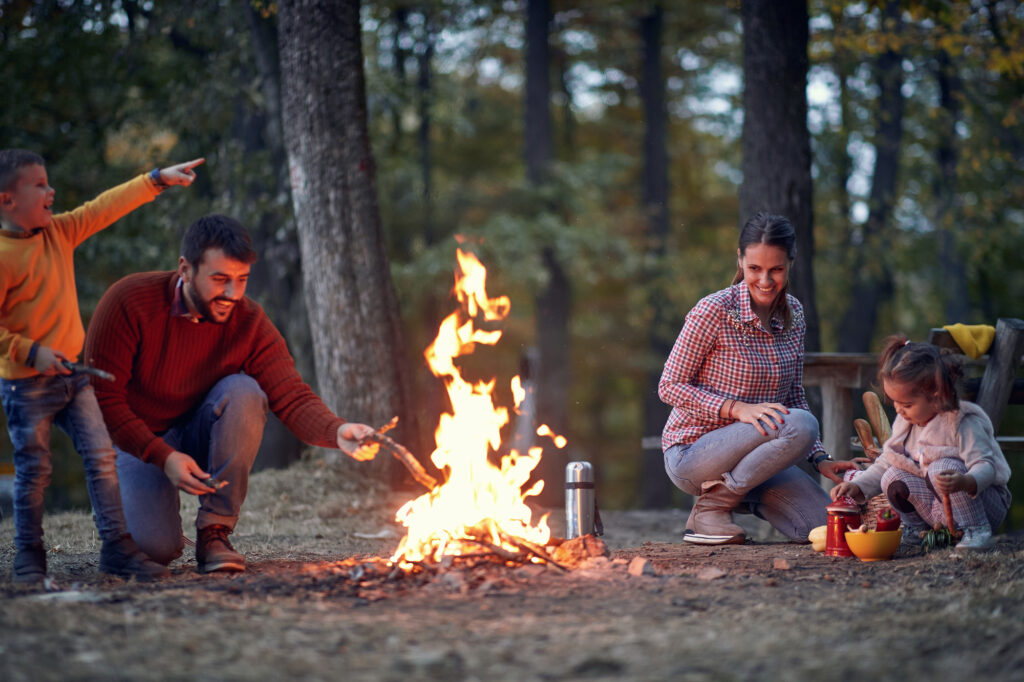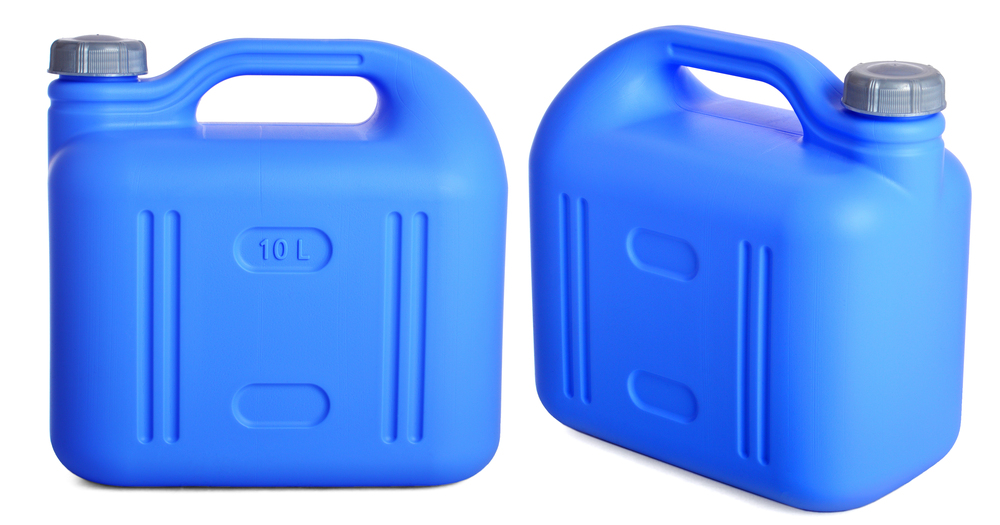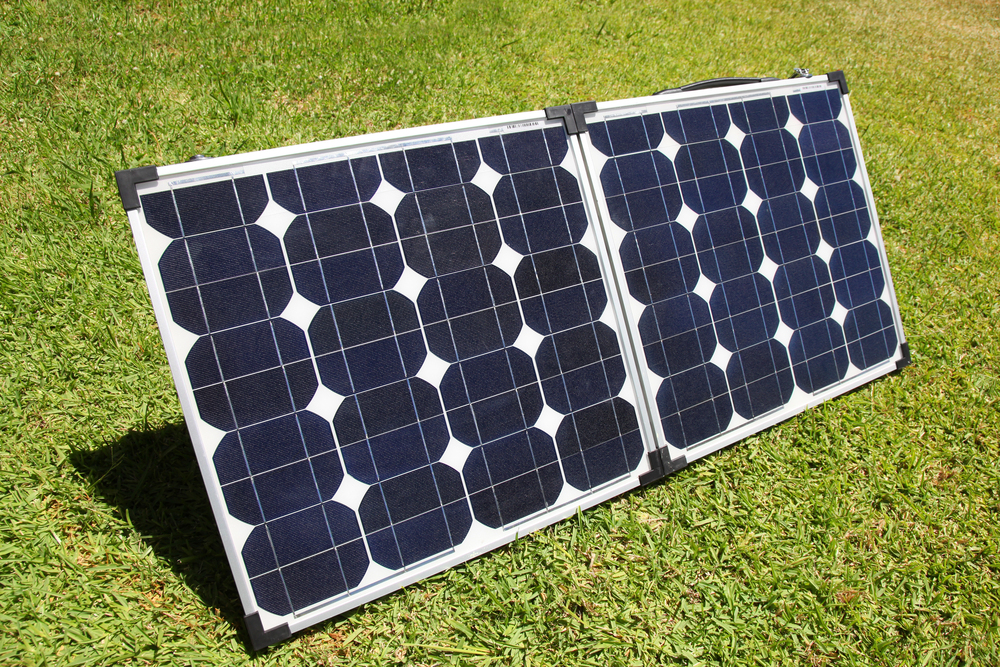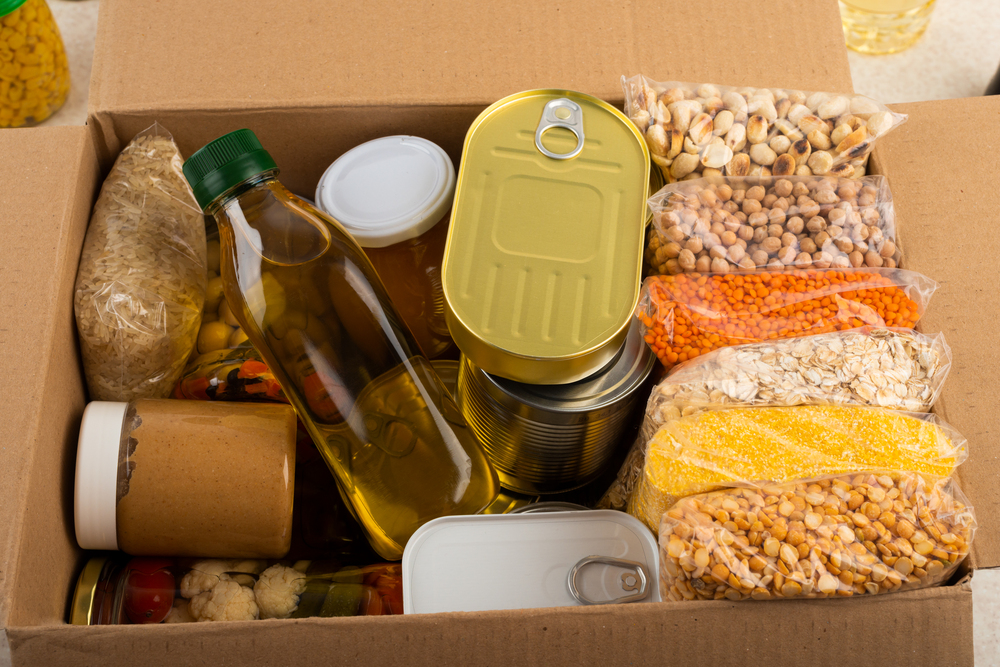Want to get your kids ready for when SHTF? Talking about it will only get you so far. The only real way for anyone to learn skills is to practice them until they get good at them.
However, you also want your kids to have fun with their learning. If you force it on them, or make it scary, they will resent it. There are a lot of activities that you can do to teach your kids how to prep in a way that is entertaining and not scary.
One of the things that you can do is have regular no-tech days. You can explain it to your kids like this. First of all, sometimes people lose power at their houses because of bad weather, and the power outage can last for days, or weeks. It’s important to be prepared for emergencies like that, so that you can still have water to drink and food to eat, and light in your house, and ways to entertain yourself.
Secondly, no-tech days are great ways for families to connect. Everyone is agreeing that they will spend quality time together without being distracted by phones, tablets, TV, or video games.
Getting Started With Your No-Tech Days
The first thing you and your spouse will need to do is pick a day that you can turn off the tech without it turning into an emergency. You are going to need to let your friends and family know that you won’t be reachable by phone for an entire day.
One great way to do this, without informing people that you’re training for prepping – I don’t tell most people that I prep, and it’s safer not to tell people about it – is to do a camping trip. You can just find a local camp-ground and camp there for one day.
Or, you can tell people that you’re doing a no-tech day because you want to spend time with your family and reconnect.
Either way, you don’t want friends and family freaking out when they can’t reach you.
My recommendation is that if you’re going camping, bring cell phones and a satellite phone or walkie-talkies or some other communication device, in case of genuine emergency, but DO NOT USE THEM unless it’s a true emergency. “I’m bored” is not an emergency.
No cheating!
No-Tech Days: Camping
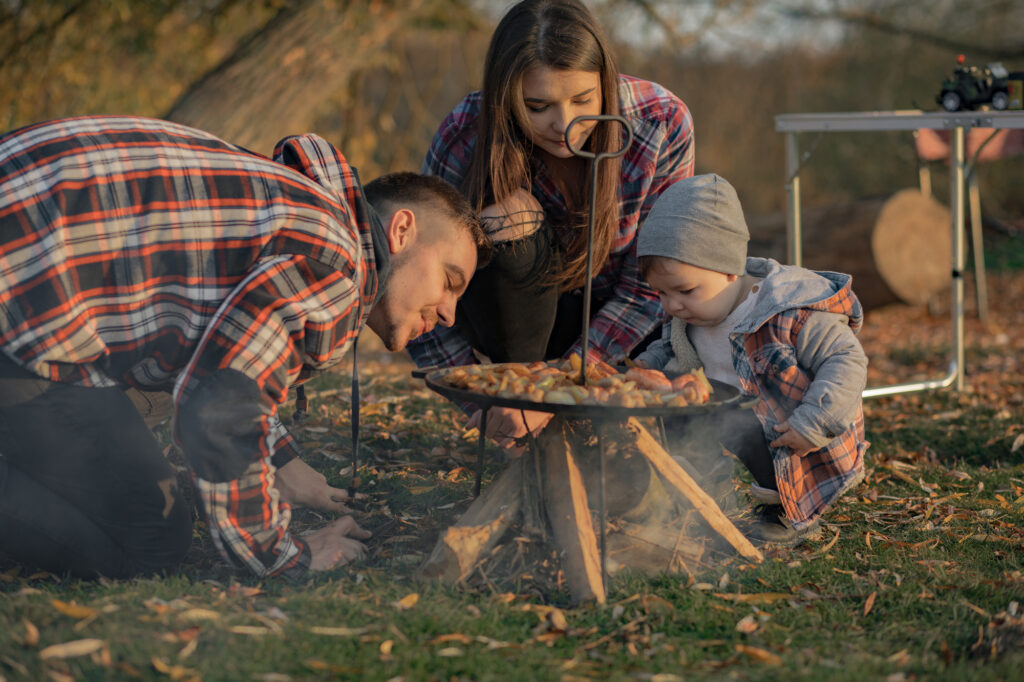
There are so many priceless skills you can teach your kids when you are camping.
- How to pack a backpack, and what to bring
- How to set up a tent
- How to build your own shelter with a tarp and paracord, or rope, and sticks as tent pegs
- How to make bedding for your shelter with leaves and debris, so you’re not sleeping on the cold ground and suffering hypothermia
- How to build a fire
- Campfire safety
- Identifying animal tracks
- Safely cooking on a campfire
- Navigating in the woods – be VERY careful with this, do not stray from marked trails unless you are an absolute top-level incredibly experienced woodsman, and even so, bring emergency supplies including the ability to send signals
- Learning to identify the stars
- How ancient people used the stars to navigate
- Appropriate clothing for camping
- Leaving and marking a trail in the woods for others to find you if you get lost
- How to stay warm overnight in the woods
If you’re ever in an emergency bug-out situation, this kind of knowledge could save your life or your children’s lives.
No-Tech Days At Home
I’d recommend putting away everyone’s cell phones and video game consoles for the day so it’s not too tempting.
A way to make this fun is to set up tents indoors, along with sleeping mats and sleeping bags. Make it a camp-in rather than a camp-out.
Plan your activities and your meals and how you and the children will bathe and brush their teeth.
Sample No-Tech Day Schedule
Agree on the no-tech rules before the no-tech day. No refrigerator, no phones, no TV, video games, no electronics in general. Up to you if you are going to use the shower or just do the “pits and privates” area. That’s a phrase from when I was a nurse’s aide. You just wash your pits and private parts with a wet wash-cloth.
For a true no-tech day, you would not use running water, which means you’d be using water from your emergency water storage. I honestly believe that this is the best way to do it, because what you are trying to do – whether you’re telling your kids this or not – is get them used to a full-on grid-down scenario where you can’t rely on technology or electricity any more. Running water depends on electricity.
1.) Wake up – using a manual alarm clock.
2.) Get your safe indoor cook-stoves ready. Make sure that the stove, and the fuel, is rated for indoor use so you are not exposed to any dangerous fumes.
Make breakfast on your cook-stoves, including boiling water for coffee. Have your children help you, while supervising of course. Talk about ways that people cooked before electricity, in different cultures over the thousands of years. If you have a fireplace, you could build a fire and cook in a dutch oven, or grill food over the fire, or you might want to save that for later in the day.
3.) Go for a nature walk with your kids if you live in a neighborhood that’s conducive for that. Take notebooks with you and have a list of things to observe. What animals do you see? What birds do you see? What wildlife sounds do you hear? Why are they making those sounds? Look out for landmarks, even if it’s just street signs and houses if you’re in a subdivision, and talk about how to find your way back home. Pretend you’re explorers like Lewis and Clark. Make it an adventure!
4.) Back home – snack time if everyone’s hungry. Read books. Play board games.
5.) Make lunch with either your camp stoves, or grill outside if the weather permits, or cook in your fireplace if you have one.
6.) After lunch – Arts and crafts, making things that could be useful in an SHTF scenario. Paracord bracelets, soap, and candles would all be very useful. Or, you could teach your children to bake over a firepit, or gather up acorns to make into flour, or gather walnuts to make ink with.
7.) Make oil lamps from scratch, or teach your children how to safely light regular oil lamps, or make candles, so you have light this evening.
8.) Teach your kids how to wash clothing in a bucket or using an old-fashioned washboard, and hang the clothing up on a clothes-line to dry.
9.) Make dinner using your preferred cooking method.
10.) After dinner, play cards, do charades, play games, or read books. Brush teeth and wash faces and hands using your water supply storage.
11.) Bedtime! You survived! Extinguish lamps and candles. Go to sleep in your tents, or in your rooms if you’re not doing tents. But sleeping in tents or blanket forts makes it so much more fun!
More No-Tech Day Activities
It’s a good idea to schedule regular no-tech days throughout the year, but it can be helpful to schedule different types of no-tech days. Camping trips when the weather is nice, while including some rafting or fishing or hunting, ensures that your no-tech days don’t get boring.
Intersperse those with camp-ins at home, and you’ll get your kids more used to a life without electricity and gadgets, so that they’re not in a state of shock if SHTF hits the fan and they already know how to prepare food, clean clothing, and entertain themselves in a world without power.

